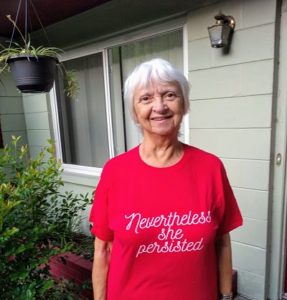I have just submitted my novel, The Year of the Child, the story of a teenage mother looking for a home, to four independent traditional publishers.* In the book the search takes a year. In the story of my writing life the search has so far taken seventeen years, filled with hope rising, hope dashed, and a few thoughts of ‘Give up already,’ as well as activism, love, children and other catastrophes.
I looked for an agent for a year and a half, and miraculously found a fairly prominent one who compared me to Barbara Kingsolver and said my book would probably sell quickly. My notes of our initial conversation are filled with happy exclamation points.
😄 !!! 😄
The agent submitted to seven big corporate houses – publishers you’ve heard of – with no success. After mulling it over, she suggested that if I turned it into a YA (young adult) book – a market which in 2006 was rapidly growing – we could probably place it quickly. I mulled in my turn and sent her this:
I have thought hard about your suggestion, trying it on for size and imagining the story recast. But I’ve decided it’s not what I want to do.
As we discussed, the book is about mothers. Removing the perspective of Marybeth and Vinnie gives us a different book. I love Leanne, but she is as self-centered and naive as any fifteen-year-old. I don’t want to send her into the world alone. What I value is the combination of her viewpoint with the adults’ perspectives, as well as the interplay of the stories of mothering an infant, an adolescent, and an adult child.
I’d like to go on trying to get all three women (and their various sidekicks) in print. Although I have less time than younger writers, I suspect I have more patience. I am almost through the second draft of Seeing the Edge. As soon as I am done, I am going to read The Year of the Child aloud, and will let you know what I find.
I really want to be published. But I also hope to write better and better books, and end up with a bunch I’m proud of. I like books that I can get my teeth into, that move me and make me think, increase my understanding and puzzlement. That’s what I want to write.
Though you think I understand teenagers, I’m not sure I have any more in me. Leanne was a gift. I had an image of a girl leaving a baby by a big green dumpster. And then a few days later I heard her saying the first two sentences of the book. I would give a lot to have other characters create themselves the way she did; I rarely experience writer’s magic
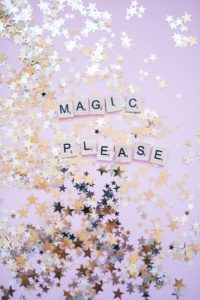
Scrabble tiles spell “magic please” with background of star stickers
Photo by Olya Kobruseva from Pexels
A couple of years went by with no success, and after fueling my determination with a quart of ice cream I called the agent and said I would try my luck with small independent publishers. These publishers usually pay small or no advances and the chances of bestsellerdom are even smaller than with the big houses, so there is little financial reward for an agent. We agreed to go our separate ways.
I met Joan Leggett of Twisted Road Publications at a panel where she and Pat Spears discussed the creation of Pat’s book, Dream Chaser. She had also published my friend Sandra Lambert’s first book, The River’s Memory. (You can find my reviews with the search icon at the top of the page)
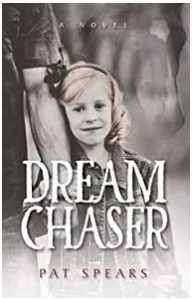
Book cover Dream Chaser: little girl holds man’s hand
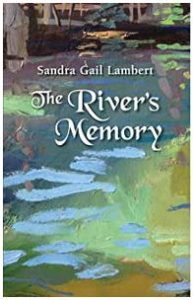
book cover The River’s Memory: painting of light-dappled narrow river filled with plants
I submitted Dreaming the Marsh to Twisted Road; Joan rejected it with a valuable two-page critique. I submitted The Year of the Child and with her guidance revised it three times, but she finally decided it wasn’t for her. Meanwhile I had revised Marsh, and she published that, then after several revisions agreed to publish Seeing the Edge.
I love working with Joan; I can’t say enough about her clear eye and sound instincts for my work. I have learned so much. But I didn’t want to give up on Child, and after reducing it from 127,000 to 99,000 words, I began my submissions elsewhere.

Woman in pink jacket, axe on shoulder, gazes up at snowy trees: no hatchet job, one word at a time
Photo by Mikhail Nilov from Pexels
It’s hard to write about the long slog toward getting published without sounding whiny. In my early years, I’m sure I whined, but I’ve long since accepted that this is how it is. I get huge happiness from my writing life: joy and pride when I’m writing well, satisfaction when I complete tangential tasks.
Seeking publication is tangential but essential. With four submissions out I’m filled with hope, Emily Dickinson’s ‘thing with feathers.’ I know perfectly well that the odds of success are miniscule and the feathers are likely to fall one by one as the rejections arrive. Meanwhile I enjoy this happy time. I indulge in wild fantasies, both serious and silly.
- Suppose two of them offer to publish it? I have already made a plan for how I will choose, and a list of the questions I’ll ask my suitors.
- What if a major independent publisher says yes, and I get more attention than I have so far? That would also promote my two other books, and the movies would come calling. Meryl Streep and Brad Pitt are perfect for the retired teacher and the homeless guy with a past in Seeing the Edge (forthcoming Fall 2022 from Twisted Road.) I don’t really know the next generation of stars, so someone else will have to cast the movies of Dreaming the Marsh and The Year of the Child.
- Would one of my nicest muumuus be appropriate for the Pulitzer ceremony?
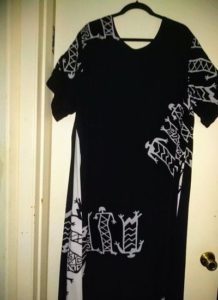
Black dress with white human figures resembling cave paintings
I have a list of about thirty publishers who are surely yearning to publish me. Each time I receive a rejection I’ll send out another submission; I want to keep that bird flying.
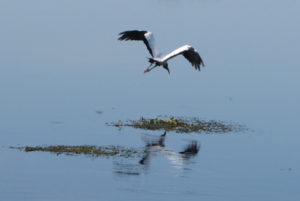
Woodstork: large white bird with black wingtips flies over marsh, only its reflection and ripples distinguish water from gray-blue sky.
Photo by Sandra Gail Lambert
* Independent – a publisher not affiliated with a large corporation or conglomerate
Traditional – publisher bears such costs as editing, cover design, production and distribution – author invests blood, sweat and tears, but no money
